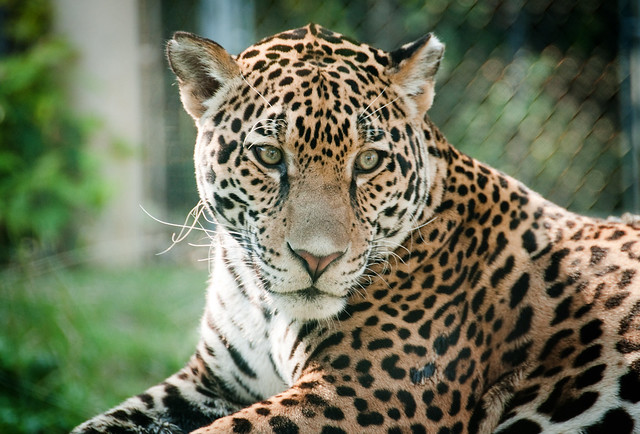
Putin in hang glider leads Siberian crane flock in migratory flight
Vladimir Putin pulled off another of his bizzare stunts when he led a flock of young Siberian white cranes in flight, living up to his action-man image, even as reports said that endangered chicks had died while scientists were setting up the trip. Dressed in a white costume meant to imitate an adult crane, the Russian president was taking part in a project to teach the endangered birds that were raised in captivity to follow the aircraft on their southern migration to Central Asia. Putin has won many admirers with his feats, that have left others less than impressed, starting from 2000 when he flew into Chechnya in the back seat of a fighter jet. He followed it up over the years, with a bare-chested horseback ride through mountains, a Formula One race car drive and piloting a firefighting plane to dump water on wildfires. The flight in the hang glider though hardly cut any ice with the cranes as only one bird followed Putin on his first flight. He attributed it to high winds that caused the hang glider to travel faster than the birds, RIA Novosti news agency reported. He was followed by five birds in his next flight, but after a few circles only two stuck with him through the 15-minute flight. Putin took time off to visit the Kushavet ornithological research...




